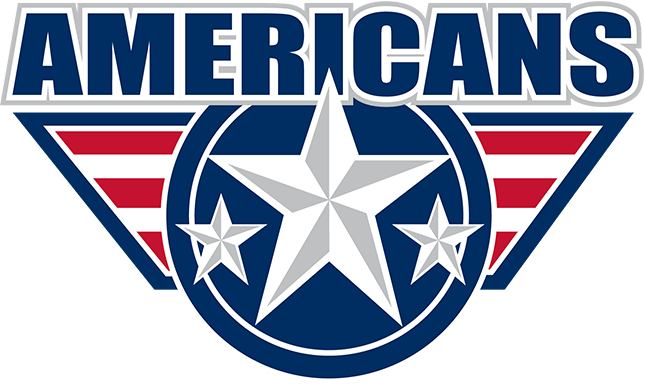How to Maximize Your Dental Insurance and Save Money
2021 is here! And with the new year comes new dental benefits! If you have the time and knowledge about what dental care you need, you can plan ahead with a new year to maximize your coverage. So, how can you make sure you pay the least amount out-of-pocket? It starts with becoming educated on your insurance and planning ahead where you can!
- Check for Included Procedures
If you haven’t yet, ask your insurance provider for a comprehensive benefits summary that includes a list of procedures, cleanings, or regular appointments that are covered 100% (or even 80%) by your insurance. These are appointments that are worth scheduling and are normally preventative coverage that will save you from larger bills in the future! For most patients, two dental cleanings are covered each year. To make sure you don’t miss out, schedule both appointments at the start of the year to ensure you don’t forget or risk your provider having a full schedule.
When you pay into your insurance monthly, you’re paying for these appointments. To get the most out of that money, schedule these check-ups — whether you think you need them or not!
Dental and medical aren’t always the only things covered in your insurance. It’s worth asking about massages, chiropractic care, therapy, vision, and other included services that will help improve your overall well-being!
2. Triple-check in-network providers
When scheduling out appointments for any medical or dental provider, you can normally search through your insurance portal for in-network providers. In-network is a way of saying that your selected provider is working directly with your insurance company and will be able to provide you more coverage for less money out-of-pocket. If you select an out-of-network provider, you may be subject to paying more out of pocket instead of your insurance paying the bill.
3. Save for Co-Pays
Co-pays are fairly common. A frequent example is a 20% co-pay. This means your insurance is willing to pay for 80% of your procedure, but that you will be responsible for the remaining 20% of the bill. If you know you will have a co-pay, or that a procedure won’t be covered, you can start a savings account that prepares you for these expenses. Your medical or dental provider will be able to provide you an estimated cost for a larger procedure, like a root canal, crown, etc.
4. Consider an HSA
Health Savings Accounts are a special savings account designed for medical and dental expenses. You’re able to invest through your work into an account that has special tax benefits and accrues over the year. The money expires at the end of the year, so you want to make sure you will need the money to cover additional expenses. The money in an HSA works like cash and will allow you to pay for out-of-pocket medical expenses without having to pay the same taxes on that portion of your income.
5. Book out your medical and dental visits before a large procedure
A large part of insurance is working with your deductible. Deductibles are a spending limit you have to reach before you unlock medical coverage. You’ll have to pay some money out of pocket, or with your HSA account, before the insurance is willing to foot a bill for you. To learn more, it’s best to contact your insurance provider or ask your dental provider for an estimate when scheduling.
Looking to schedule your next visit? Give Southridge Dental a call. We are experts on family dental care in Kennewick. Call today: (509) 581-0081



